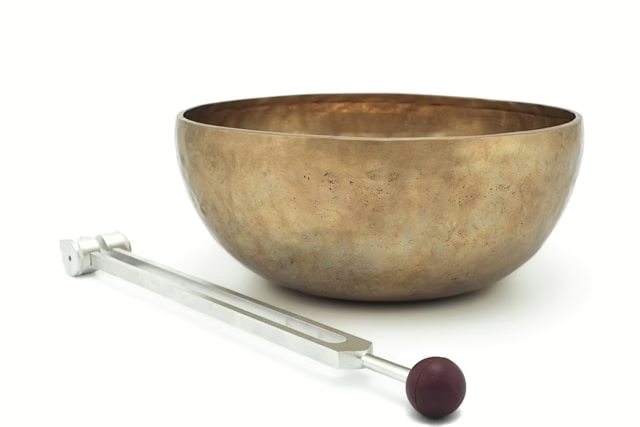Why your nervous system is the most accurate diagnostic tool you own.
The Frequency of Presence
No matter how advanced your tools, your presence is still the first intervention.
Clients don’t entrain to your credentials.
They entrain to your frequency—your tone, breath tempo, and unspoken coherence.
You can run perfect labs, prescribe the right protocol, or guide flawless movement,
but if your nervous system hums in sympathetic static, the body across from you will read it as threat.
Because bodies don’t just mirror—they tune.
That’s what it means to be the practitioner as instrument.

The Practitioner Is the Medium
When you enter the room, you become the field.
Everything in that field—posture, prosody, micro-expressions—becomes data the client’s nervous system uses to gauge safety or threat.
This isn’t performance. It’s physics.
Two oscillating systems (you and the client) exchange frequency until coherence emerges—or chaos amplifies.
That’s resonance medicine.
It’s what the old osteopaths, the early vitalists, and even the mystics were all pointing toward:
the body of the practitioner as the tuning fork for life force.
Coherence as Clinical Accuracy
Coherence isn’t calm. It’s order in motion.
A coherent practitioner system can hold paradox—alert and soft, focused and receptive.
That’s what allows you to sense the difference between a true block and a protective adaptation.
Without coherence, interpretation collapses into projection.
The client’s bracing becomes your tension. Their freeze becomes your fatigue.
You start “fixing” what you’re actually resonating with.
Clinical clarity begins when the practitioner’s own system stops trying to control the signal and starts conducting it.
Through the Vital Clarity Code™ Lens
🌱 Regulate: Before the session, establish your own baseline. Feel your breath length and heart tempo.
🌀 Rewire: Track how your body reacts when the client’s story intensifies. Do you brace, hold, or rush?
🔥 Reclaim: Shift from managing to sensing. Let your body become the diagnostic instrument, not the battlefield.
✨ Resonate: When both systems hum in coherence, change happens spontaneously—sometimes before you even touch.
🪶 Micropractice — “Instrument Check”
Before seeing your next client:
- Stand with feet hip-width apart.
- Take one slow inhale through the nose, one unhurried exhale through slightly parted lips.
- Whisper aloud: “I don’t fix. I tune.”
- Notice how the air moves through your ribcage and spine.
- Walk into the session like a well-tuned cello—resonant, grounded, responsive.
That’s your calibration ritual.
TL;DR
Your nervous system is your primary diagnostic tool.
Coherence sharpens perception. Projection blunts it.
The practitioner who tunes before touching transmits safety, not stress—and that frequency is what heals.
If this language feels like home, join the Practitioner Notes list. That’s where the next phase of this work will unfold.
